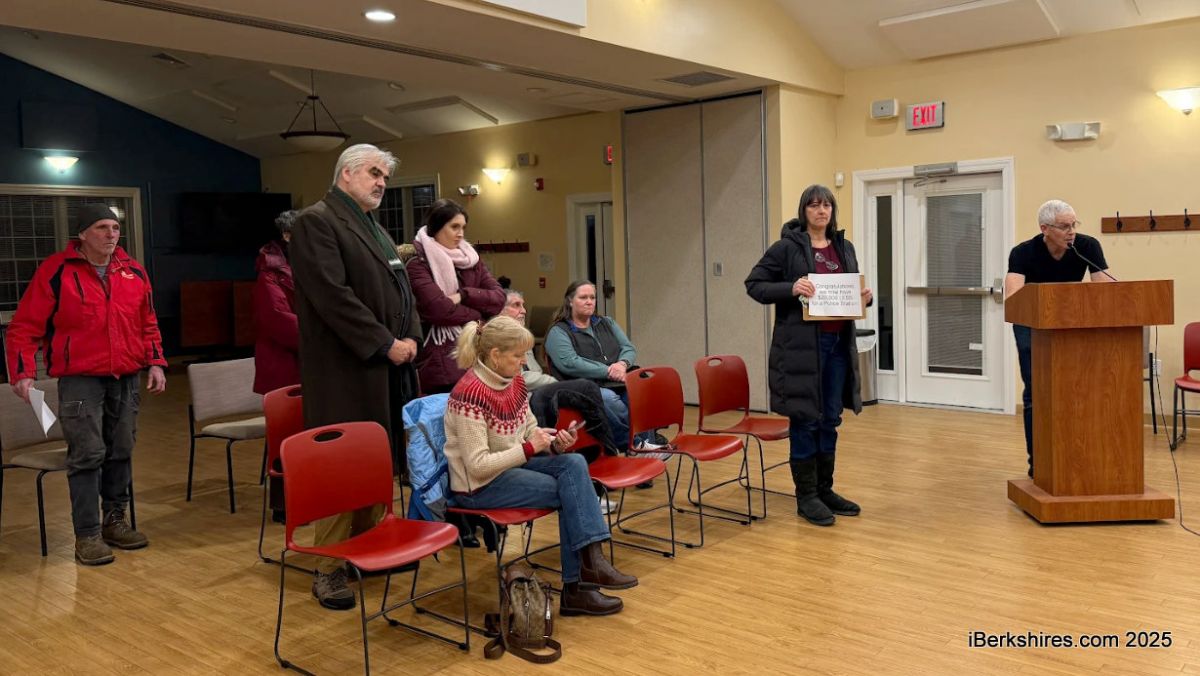Social Security: A Woman's Perspective
 |
Regardless of whether you’re a man or a woman, Social Security will not – and was never designed to – provide all of the income you’ll need to live comfortably during retirement. At best, your income from Social Security will supplement your other sources.
If you are factoring Social Security into your retirement plan, you should learn all you can about how to enhance your benefits, and how much income you may need from other sources, to be financially comfortable during your retirement years.
For women, however, there are some unique factors to consider in the equation.
With longer life expectancies than men, women tend to live more years in retirement and have a greater chance of exhausting other sources of income.
Because Social Security generally has annual cost-of-living adjustments, you have an inflation-protected benefit for as long as you live. For women, those increases are vital since women generally live longer than men.
In addition, Social Security provides dependent benefits to spouses, divorced spouses, elderly widows and widows with young children.
While Social Security is neutral with respect to gender (individuals with identical earnings histories are treated with the same in terms of benefits), the following 2012 numbers released by the Social Security Administration Office of Research and Statistics highlight how demographic characteristics of women compare with the entire population.
Women reaching age 65 need to prepare for approximately 21.4 more years of living expenses. Men live an average of 19.1 more years.
Women make up 56 percent of all Social Security beneficiaries age 62 and older and approximately 67 percent of beneficiaries age 85 and older.
The average annual Social Security income received by women 65 years and older was $12,520 compared to $16,398 for men.
For unmarried women age 65 and older (including widows), Social Security composed 50.4 percent of their total income. In contrast, only 35.9 percent of unmarried elderly men’s income and 30.2 percent of elderly couples’ income came from Social Security.
Of all elderly unmarried women receiving Social Security benefits, 49.6 percent relied on Social Security for 90% or more of their income.
Only 22 percent of unmarried women aged 65 or older were receiving their own private pensions, compared with 27.7 percent of unmarried men.
Of the women who were employed fulltime, 55 percent participated in an employer-sponsored public and private sector plan compared to 52.3 percent of men.
While participation in employer-sponsored retirement plans is increasing for women in today’s workforce, women generally received lower pension benefits than men due to their relatively lower earnings.
Probably none of this comes as a surprise, considering women earning less and spending more time out of the work force than men.
On average, women spend 12 years out of the work force caring for others. Women also are more likely to work at small companies that lack employer-sponsored benefit programs and hold part-time rather than full-time positions.
Looking at the whole picture, you can see how these factors might tend to significantly affect women’s Social Security benefits and any retirement plan or pension plan benefits they may have accrued.
So how do women offset this gap? Get a retirement plan in place so Social Security benefits can be an income supplement and not a mainstay.
To help you determine a retirement strategy that is appropriate for your personal financial situation, talk with your financial adviser.
This article was written by Wells Fargo Advisors and provided courtesy of Jonathan Buoni in Northampton, MA, at 413-585-1432. Investments in securities and insurance products are: NOT FDIC-INSURED/NOT BANK-GUARANTEED/MAY LOSE VALUE. Wells Fargo Advisors, LLC, Member SIPC, is a registered broker-dealer and a separate non-bank affiliate of Wells Fargo & Company. ©2014 Wells Fargo Advisors, LLC. All rights reserved.
Tags: financial adviser, financial planning,

















